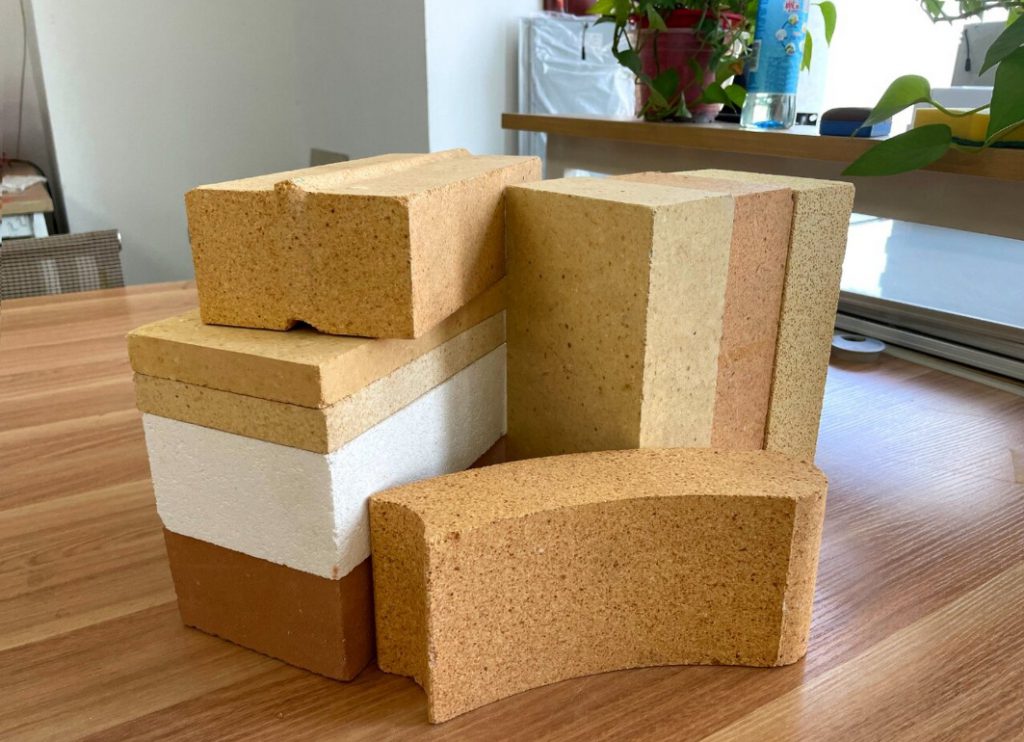FOREVER BLUE HEATHER- – CLASSIC JEANS BLUE FANCY YARN
445FOREVER BLUE HEATHER- - CLASSIC JEANS BLUE FANCY YARN
View detailsSearch the whole station
English Name: Explosion-proof fiber
Material: Polypropylene PP/PE/PVA
Length: 3-6mm
Fineness: 10-18 denier
Specific Gravity: 0.9-0.92
Application Range
Explosion-proof fiber is suitable for various bulk materials, such as plastering materials, pouring materials, and other amorphous refractory materials. It can shorten the baking cycle, simplify the heating process, and improve overall service life, especially effective in high-temperature environments.
Product Performance
1. Strength Enhancement: Tensile resistance and impact resistance significantly improve overall strength.
2. Water and Crack Resistance: It has hydrophobic and gas discharge properties, effectively preventing cracking and bursting.
3. Durability Improvement: It shortens the baking cycle, simplifies the heating process, and extends service life.
Mechanism of Action
Explosion-proof fiber is uniformly mixed with other refractory materials and formed. During baking, as the temperature rises, the fiber softens, shrinks, and melts, ultimately carbonizing and forming tiny network pores. These pores not only open water vapor channels but also reduce internal stress, effectively preventing material bursting and enhancing overall service life.
Usage Method
1. Mixing Preparation:
– Depending on the type of mixing machine, first add an appropriate amount of ultrafine powder materials (such as cement).
– Then take an appropriate amount of explosion-proof fiber (recommended dosage is 1-2kg/T) and mix it with the ultrafine powder.
2. Stirring:
– Start the mixing equipment and stir the mixture, observing whether the explosion-proof fiber is evenly dispersed. If evenly dispersed, add larger refractory materials for stirring.
3. Adjusting Dosage:
– The specific dosage and stirring time can be adjusted according to actual conditions and manufacturer recommendations.
Summary
Explosion-proof fiber, with its excellent performance and mechanism of action, can significantly enhance the overall quality and safety of refractory materials, widely used in various high-temperature environments. Its unique processes of softening, shrinking, and carbonizing allow it to play an important role in preventing cracking and improving durability in refractory materials.


FOREVER BLUE HEATHER- - CLASSIC JEANS BLUE FANCY YARN
View detailsMicro-denier Sheath-Core Composite Heat-bondable Fiber
View detailsAbstract: The paper provides an overview of the application prospects of polyester and new types of polyester fibers such as PTT and PBT in the nonwoven sector. It introduces the development status of new products and functional fibers, as well a...
View detailsProtein modified super-soft polyamide 6 fiber
View details
HelloPlease log in